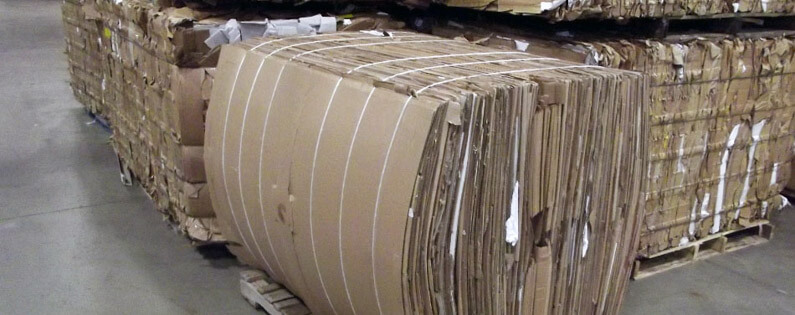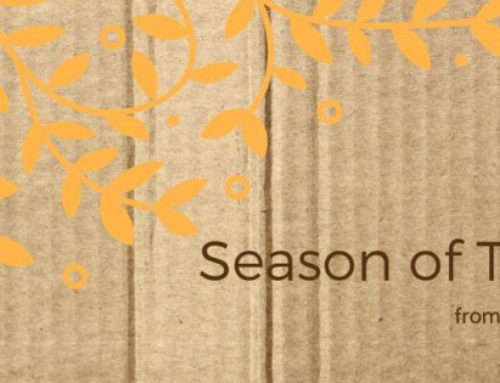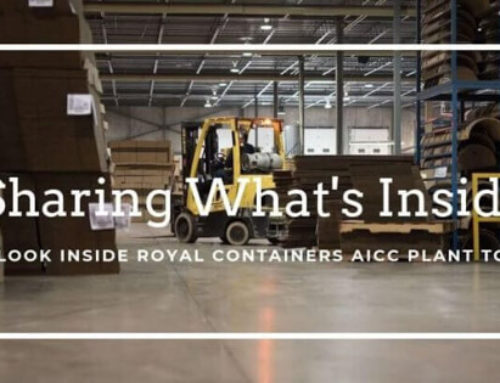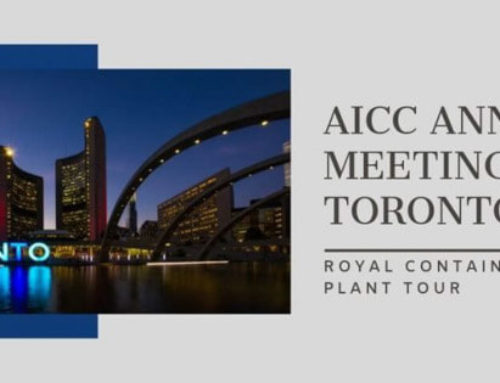An excerpt from the book: PAPTAC – 100 Years of Knowledge Connections

Lightweight, Recycled, Sustainable: the Story of Canada’s Packaging Grades
The last 100 years of packaging in Canada have seen the replacement of heavy wooden crates with lighter corrugated boxes, and the rise of plastic and composite packaging, mainly at the expense of glass. While not immune to attacks from both inside and outside the industry, the paper packaging sector has chugged along, with the recent growth in e-commerce giving the corrugated box a timely boost. The period has witnessed major shifts in product delivery: the decline in movement of goods by rail in favour of more “just-in-time” shipping by road; and changing demographic and consumption patterns: more people in towns and cities, an ageing population with different packaging requirements, more and smaller households (independent servings), and the rapid growth of the fast-food industry and convenience packaging in general.
Technological changes have forced their way in. Many products were previously shipped by rail in corrugated boxes that were deliberately overdesigned (using more fibre than necessary) to reduce insurance claims for goods damaged in transit. This made no sense to the corrugated box industry of the 1980s and 1990s when lightweight or high performance board was first introduced to the North American marketplace. The new board, and the proliferation of the multiple flute types that followed it, promised to slash the amount of fibre required by up to 10 percent, with no loss in strength.
Canada’s newly minted environmental council (The Paper & Paperboard Packaging Environmental Council – PPEC) wasted no time in persuading the Railways Association to amend its box specifications, scoring a major breakthrough in the first of the “Three Rs” (reduction at source). High performance micro-flutes have also displaced some traditional boxboard applications. Who would have thought that a fast-food hamburger would one day be served in a corrugated box!
Light-weighting, of course, is nothing new to the industry. Its entire history has been one of reducing production costs and increasing competitiveness by designing out flaps, layers, and the airspace between the product and its packaging. Today this is called “right-sizing.” At the mill level, several Canadian companies are leading a North American charge to lower basis weights in linerboard.
The development of high-end graphics has also played a key role in transforming what was once a humble brown shipping container into an extremely effective marketing billboard for use in retail and point-of-purchase sales.
Another significant change in Canadian paper packaging over the years has been its almost complete conversion to recycled board. In 1988, the average recycled content of domestic board was a respectable 45 per cent. By 2014, this had jumped to an average of 76 per cent, with most Canadian packaging mills producing a 100% recycled content product.
The increase in recycled content paralleled greater access to a nearby feedstock, the “urban forest,” those old corrugated boxes that could be picked up from the back of factories and supermarkets and recycled again and again. As corrugated recovery from industrial sources deepened, however, some Canadian packaging mills saw an opportunity to extract more used fibre from the then relatively untapped residential sector. PPEC led the way, pioneering the first recovery in North America of old boxboard from curbside. This was recycled back into new boxboard and corrugating medium, and marked the beginning of a trend to collect all mixed household paper together for later separation by grade, depending on the market. This practice is now commonplace.
The mills’ constant demand for recovered fibre has led PPEC to lobby provincial governments to ban old corrugated (and potentially other paper fibres) from landfill. Nova Scotia and PEI currently have bans in place, and Quebec, Ontario, Manitoba and Alberta are discussing the measure. The development of wax alternatives has meant less corrugated ending up in landfill, and many customers have readily accepted suggestions that more recycled content
be included in their packaging specifications.
Occasionally the distribution chain has been slow to adapt. The Ontario provincial liquor monopoly, the LCBO, for example, for many years only allowed board that met the Mullen (burst strength) test to be used, essentially precluding the use of recycled board. PPEC established a team, conducted trials, and in 2013 successfully persuaded the LCBO to allow the edge crush test (ECT) as an alternative to Mullen. The council had effectively opened a major market to
recycled board for the first time.
In addition to these practical and technical challenges, the industry remains very active in promoting its environmental credentials through both social and other media: made from a renewable resource, often using renewable energy, high in recycled content, widely recovered, and compostable. A sustainable resource.
John Mullinder
Executive Director,
PPEC





Leave A Comment